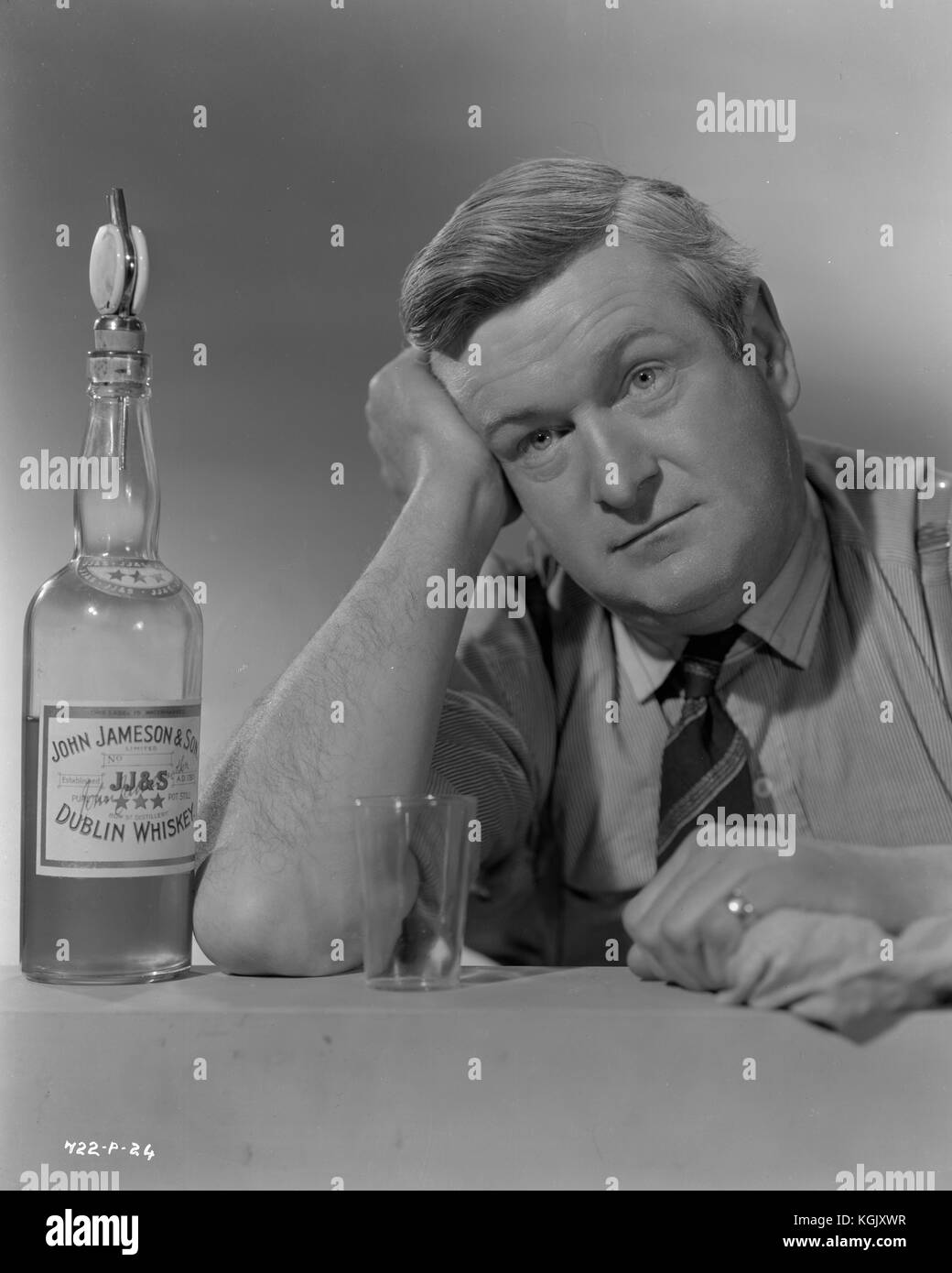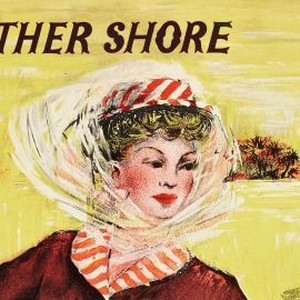

This article considers examples of female nudes produced by women artists between 18 in the light of their artistic training, with particular reference to the life-class. Paradoxically, it was precisely this perception that placed artists’ colonies firmly within modernity, mainly through their contribution to an emergent mass tourism. Moreover, the practices and images of rural artists articulated central concerns of urban middle-class audiences, in particular the yearning for a nostalgia-imbued life that was considered authentic, premodern, and immersed in nature. Yet these communities hatched some of the most exciting innovations of late nineteenth-century painting.

Rural artists’ colonies have been unjustly neglected by an art history preoccupied with the urban avant-garde. Nina Lübbren combines close visual readings of little-known paintings with an innovative multidisciplinary approach, drawing on sociology, geography, and theories of tourism. This is the first book to offer a critical analysis of this important phenomenon on a Europe-wide basis. Why did thousands of nineteenth-century artists leave the established urban centers of culture to live and work in the countryside? By 1900, there were over eighty rural artists’ communities across northern and central Europe.


 0 kommentar(er)
0 kommentar(er)
